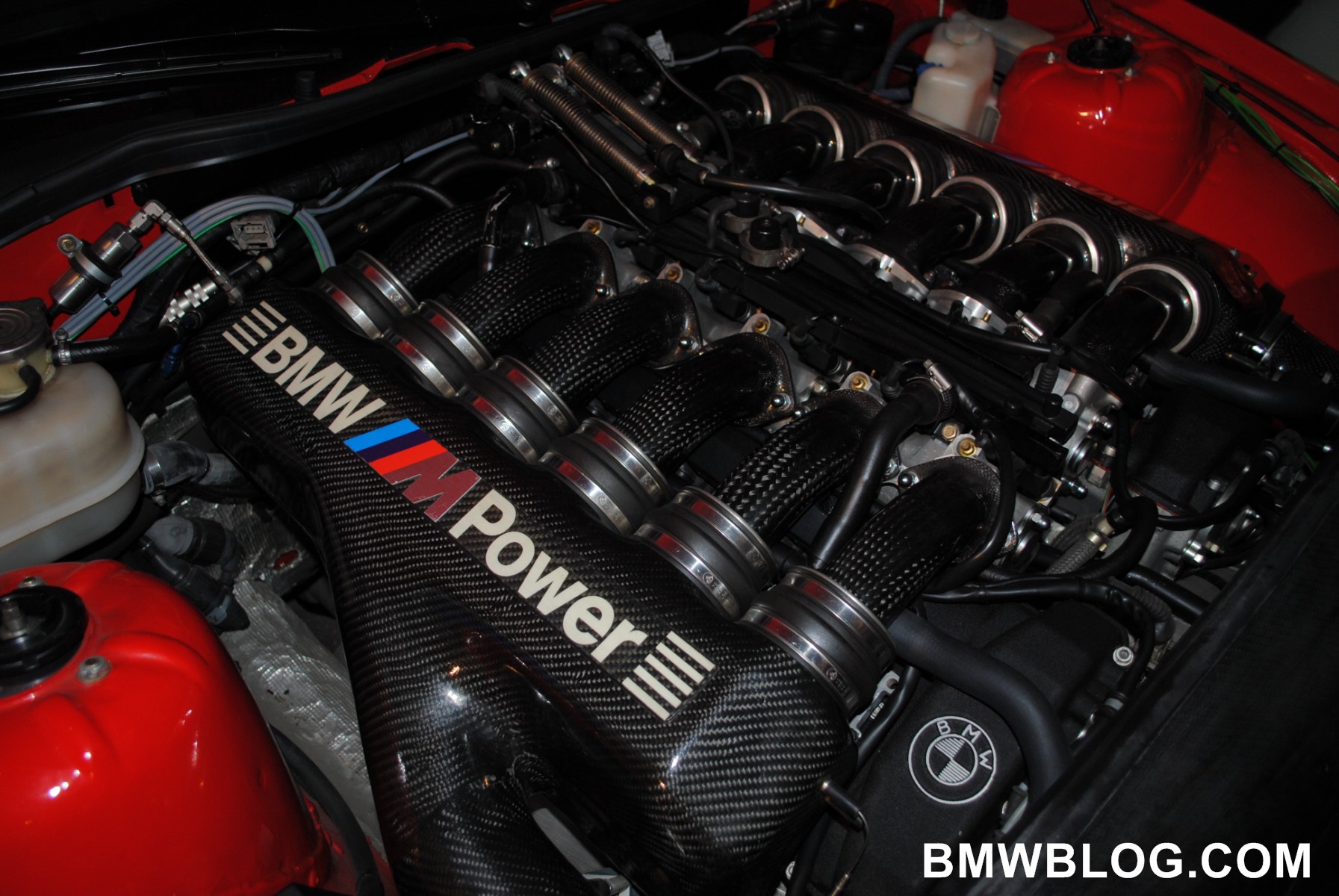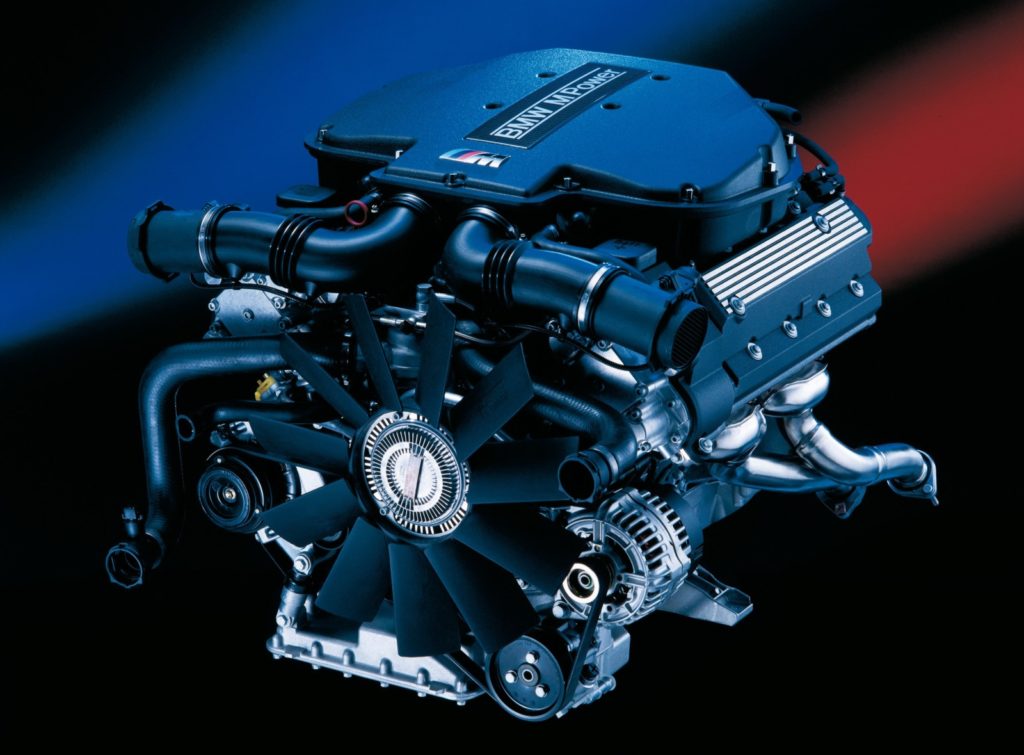How to Maintain Your BMW Engine for Ideal Performance and Long Life
How to Maintain Your BMW Engine for Ideal Performance and Long Life
Blog Article
Exploring the Advancement of Burning Engines in Modern Transport Systems
As we browse the landscape of modern-day transportation, the development of burning engines stands as a testimony to human ingenuity and engineering expertise. The interplay of background, innovation, and environmental concerns in forming the trajectory of burning engines produces a story that is both engaging and informative.
Very Early Beginnings of Combustion Engines
How did the idea of combustion engines initial emerge in the beginning of transportation advancement? The roots of burning engines can be mapped back to the 17th century when the concepts of interior combustion were very first discovered. In 1673, Christian Huygens conceptualized a standard inner burning engine that utilized gunpowder to generate power. However, it wasn't up until the late 19th century that functional applications of combustion engines in transportation began to emerge.
The advancement moment included the development of the initial effective gasoline-powered engine by Karl Benz in 1885 - bmw engine. This engine paved the means for the development of the modern-day automobile, revolutionizing transport systems worldwide. Succeeding advancements by Nikolaus Otto and Gottlieb Daimler additionally fine-tuned burning engine innovation, leading to the mass production of vehicles and the fast development of the transport sector
These very early burning engines were defined by their simpleness and performance, laying the structure for the facility and effective engines made use of in modern-day transport systems. The evolution of burning engines has actually been instrumental in forming the means we travel and transport items, noting a substantial turning point in the history of transportation development.
Change to Internal Burning Innovation
The transition to inner burning innovation noted a crucial change in the evolution of transport systems. This change began in the late 19th century, with creators like Nikolaus Otto and Gottlieb Daimler establishing the very first successful internal burning engines. These engines revolutionized transportation by offering an extra effective and powerful alternative to vapor engines and electric motors.
Among the vital benefits of internal combustion engines was their ability to be scaled down to suit lorries, leading to the advancement of vehicles and motorbikes. This shift from large, fixed engines to small, mobile ones led the means for the modern-day transport systems we see today.
The transition to internal burning modern technology also stimulated improvements in gas modern technology, leading to the development of fuel and diesel as primary gas resources for lorries. This change not only made transportation a lot more easily accessible to the masses however also laid the structure for the oil and gas market to become integral to worldwide economic climates.
Influence of Combustion Engines on Transport
The adoption of burning engines in transport systems militarized a profound change in the efficiency and speed of global mobility. Combustion engines transformed transport by offering a dependable and functional resource of power for various cars, consisting of vehicles, trucks, planes, and ships. This development substantially improved the capability for items and people to move over long distances in shorter period, causing raised connection between areas and nations.
Additionally, the extensive use of combustion engines has had a significant effect on financial growth. The capacity to move items successfully has actually stimulated profession and business, enabling companies to increase their markets and reach customers worldwide. This has helped with economic development and globalization, as products can currently be moved quicker and in larger amounts than in the past.
However, the ecological effect of burning engines can not be ignored. The combustion of fossil gas has resulted in air contamination and greenhouse gas exhausts, adding to climate change and posturing health threats to populations. bmw engine. Consequently, there is a growing emphasis on developing alternative propulsion technologies to minimize these adverse effects and develop a more sustainable future for transportation
Technologies in Burning Engine Design
One noteworthy technology is the growth of turbocharged engines, which use exhaust gases to drive a wind turbine that compresses incoming air, enabling for more fuel to be charred, resulting in enhanced power outcome without a considerable boost in engine size. Variable valve timing systems have also revolutionized engine layout by maximizing air movement at various engine rates, boosting both power and effectiveness. These advancements collectively contribute to the continual renovation of combustion engines in modern transport systems.
Future Trends in Combustion Engine Advancement
With innovation developments driving continual advancement, the future of combustion engine growth is poised to change transportation systems around the world. Among the vital patterns in combustion engine advancement is the press towards better effectiveness and minimized emissions. Makers are investing heavily in research study and basics development to boost engine performance while satisfying rigorous environmental policies. This includes the combination of advanced fuel injection systems, enhanced turbocharging approaches, and using lightweight products to maximize gas intake and decrease carbon discharges.
An additional popular trend is the adoption of hybrid innovations in combustion engines. Crossbreed engines incorporate conventional combustion modern technology with electric power, supplying improved gas effectiveness and reduced exhausts. As the vehicle industry changes towards electrification, hybrid burning engines are viewed as a transitional remedy that bridges the gap in between standard vehicles and completely electric ones.
Furthermore, the assimilation of wise technologies, such as expert system and information analytics, is expected to play a significant duty in the future of combustion engine growth. These modern technologies can maximize engine efficiency in real-time, bring about extra efficient combustion processes and improved general vehicle efficiency. Accepting these future fads will not only drive advancement in burning engine growth yet likewise add to an extra eco pleasant and lasting transportation community.

Final Thought
To conclude, the evolution of burning engines in contemporary transport systems has been marked by substantial article source advancements in modern technology and design. From the early beginnings of combustion engines to the transition to internal burning technology, these engines have had an extensive effect on transportation. Developments in burning engine layout remain to drive development in this area, with future fads concentrating on more improving effectiveness and minimizing discharges. The future of burning engines in transportation looks promising as r & d efforts remain to push boundaries.
The origins of burning engines can be mapped back to the 17th century when the concepts of internal combustion were initial explored. These engines transformed transportation by offering a much more effective and reliable option you can find out more to heavy steam engines and electrical motors.

Report this page